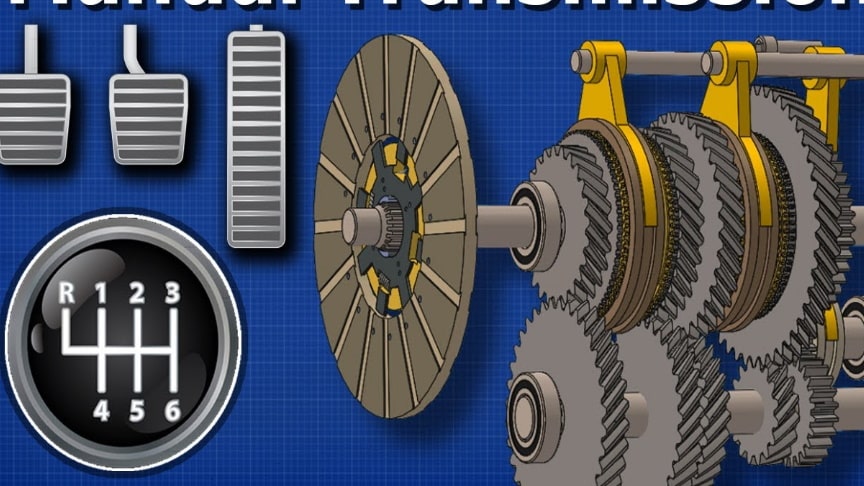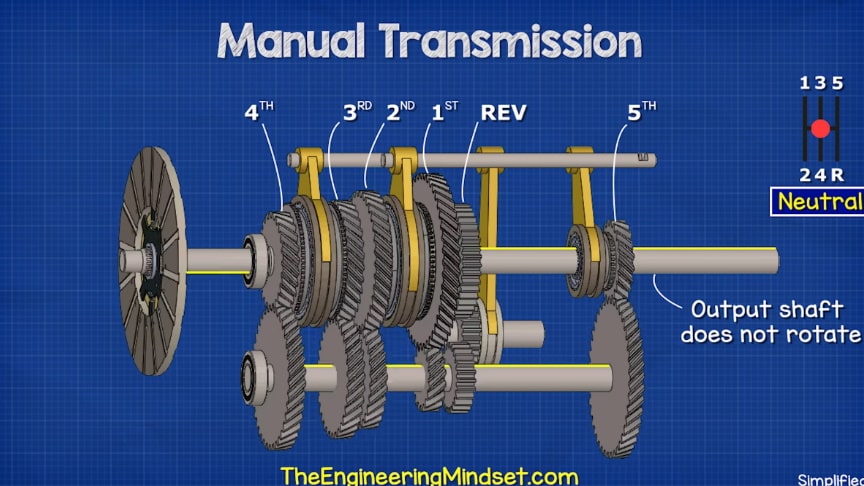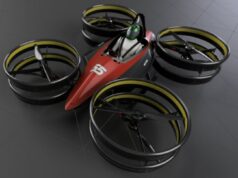Manual Transmission. How manual transmission works in automotive vehicles. In this video we look at the manual transmission system of automotive vehicles. We look at how transmission works, why gears are needed.

What is a manual transmission, gear train, compound gears, main parts, shaft, clutch, helical cut, Synchronizer sleeve, Synchronizer blocker ring, splines, Synchronizer hub, stick shift, gear stick, reverse gear and much more.

A manual transmission requires the driver to operate the gear stick and clutch in order to change gears unlike an automatic transmission or semi-automatic transmission, where one typically the clutch or both of these functions are automated. Most manual transmissions for cars allow the driver to select any gear ratio at any time, for example shifting from 2nd to 4th gear, or 5th to 3rd gear.
Advertisement
In a vehicle with a manual transmission, the flywheel is attached to the engine’s crankshaft, therefore rotating at engine speed. A clutch sits between the flywheel and the transmission input shaft, controlling whether the transmission is connected to the engine or not connected to the engine. When the engine is running and the clutch is engaged, the flywheel spins the clutch plate and hence the transmission.









